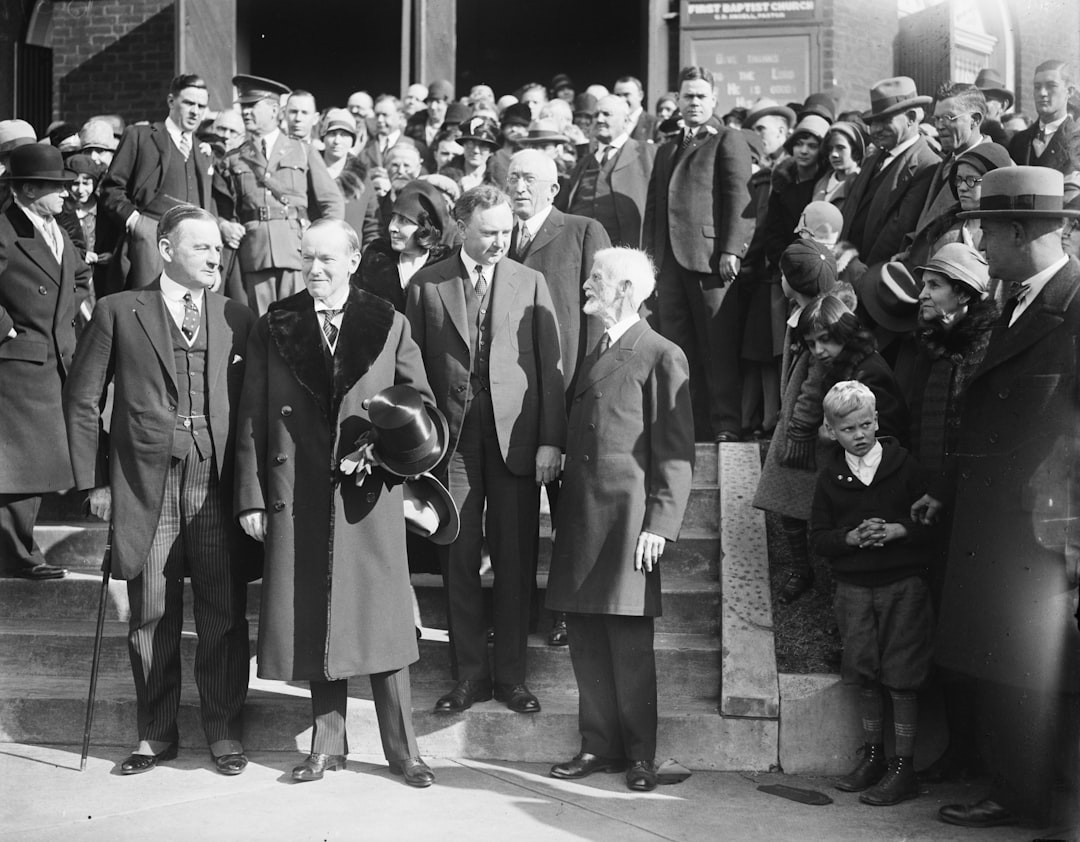What is it about?
It is generally recognized that there are multiple barriers to adherence. Inadvertent forgetfulness, inability to follow recommendations due to a lack of comprehension, and negative attitudes regarding intervention efficacy are a few examples. This study compares two theory-based strategies to promote adherence to cognitive training related to these barriers—the use of implementation intention to strengthen habit and positive message framing to enhance motivation.
Featured Image

Photo by Firmbee.com on Unsplash
Why is it important?
Cognitive interventions require adequate adherence if they are to effectively combat age-related cognitive decline, benefiting the person, their family, and society as a whole. Studying adherence to home-based cognitive training can increase understanding of methods to boost and predict adherence to technology-based interventions, including interventions aimed at reducing social isolation, increasing physical activity (e.g., exergaming), or improving health through telehealth technology, areas that have grown in importance since the COVID-19 pandemic.
Perspectives
It was such a pleasure to conduct this research study. I am grateful for all of the participants for giving their time, referring friends to the study, and sharing feedback on their experiences. Their input helped our research team learn more about adherence and the importance of involving older adults early on in the process when it comes to intervention design. For other researchers looking at cognitive training interventions, I hope our findings help provide insight for future intervention designs.
Erin Harrell
Read the Original
This page is a summary of: Comparing the effectiveness of two theory-based strategies to promote cognitive training adherence., Journal of Experimental Psychology Applied, July 2023, American Psychological Association (APA),
DOI: 10.1037/xap0000485.
You can read the full text:
Contributors
The following have contributed to this page










